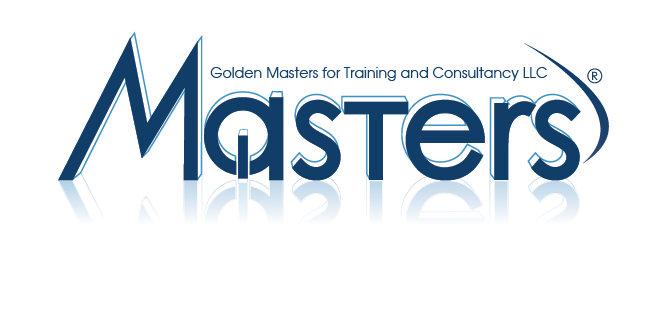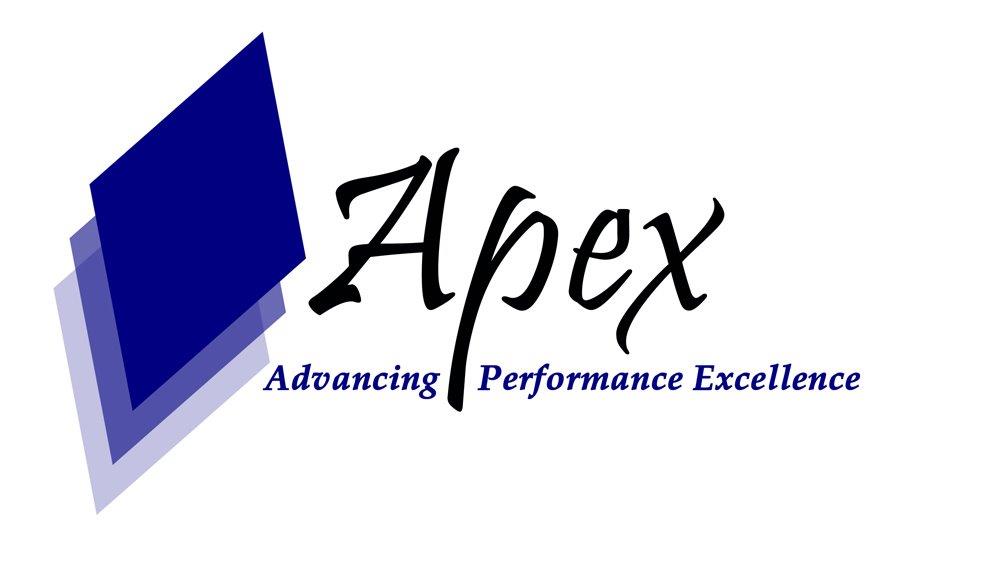This course focuses primarily on structural vibration, merging failure analysis, analytical and test solutions as follows: · Primary Objective: Provide an integral, analytical/test approach to solving field vibration problems with a

Masters Training Company was established in response to the growing need for quality training to support the business community within your Company, Department or Organization by providing a high standard of Training Programs, Courses, Seminars, Workshops and Consultancy Services to employees in a very competitive business environment.
Masters is also an approved vendor from KHDA & ILM
(Institute Review)
55 years ago(Institute Review)
55 years ago
Effective maintenance planning and scheduling is an enabler for a many reliability improvement activities.

ISO Vibration Analysis CAT II is a five-day course, the training is intended for people who have mastered the basics but who need to be able to take good data (and decide how the data collector should be set up).

This is an ideal training for those professionals who are responsible for collecting the vibration readings and also for those performing vibration analysis. You will learn about the introduction to spectrum, time waveform, phase, and demodu

This seminar will teach you everything you need to understand and implement different money-saving techniques related to the Predictive Maintenance Solutions Strategy.

Learn about the concepts of maintenance management, planning and scheduling with the help of this practical oriented training by APEX Training, Consultancy & Solutions Provider.
© 2025 www.coursetakers.ae All Rights Reserved. Terms and Conditions of use | Privacy Policy